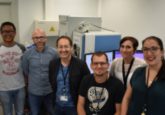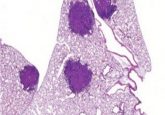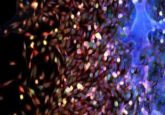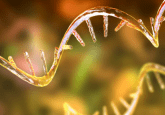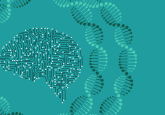A vaccine can kill and prevent brain cancer using an unusual approach

A dual-action cancer vaccine that both eliminates established tumors and induces long-term immunity shows promising results in a mouse model study of brain cancer glioblastoma.
Researchers at Brigham and Women’s Hospital (MA, USA) have developed a cell therapy that eradicates tumors while also preventing recurrence by training the immune system to recognize and destroy tumors that may subsequently occur. This vaccine was safe and efficacious in mouse models of brain cancer glioblastoma, giving the researchers hope that this could be a human cancer therapeutic in the future.
The research group took an unusual approach to develop this vaccine and took advantage of a unique characteristic of cancer cells. Instead of using inactivated tumor cells, they genetically engineered and repurposed living tumor cells, which can track, target and return to the site of other tumor cells.
“Our team has pursued a simple idea: to take cancer cells and transform them into cancer killers and vaccines,” explained Khalid Shah, the senior author of the study. “Using gene engineering, we are repurposing cancer cells to develop a therapeutic that kills tumor cells and stimulates the immune system to both destroy primary tumors and prevent cancer.”
 Could senescent tumor cells offer a new cancer vaccine strategy?
Could senescent tumor cells offer a new cancer vaccine strategy?
Scientists have found that senescent tumor cells induce a bigger immune response than dead cancer cells, which could lead to a senescent cell cancer vaccine.
Using CRISPR-Cas9, the living tumor cells were edited to release a tumor-killing agent and designed to express factors to make it easy for the immune system to recognize and remember these cells, thereby equipping the immune system with a long-term anti-tumor response. The team also added a two-layered safety switch to the repurposed cancer cell, so if needed these cells can be eradicated from the body.
The repurposed and engineered therapeutic tumor cells successfully eliminated brain tumor glioblastomas in mouse models, including a model that mimicked the human immune microenvironment, and induced long-term immunity.
Shah concluded: “Our goal is to take an innovative but translatable approach so that we can develop a therapeutic, cancer-killing vaccine that ultimately will have a lasting impact in medicine.”
